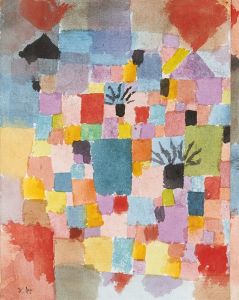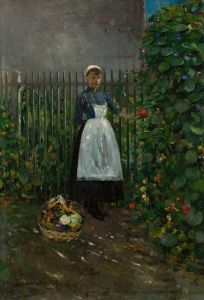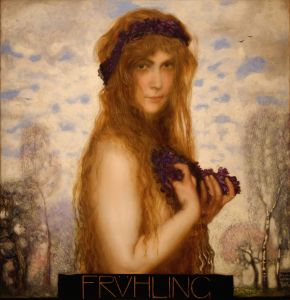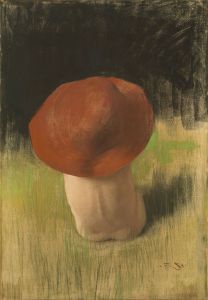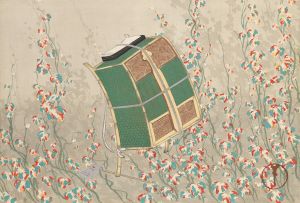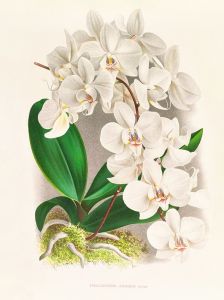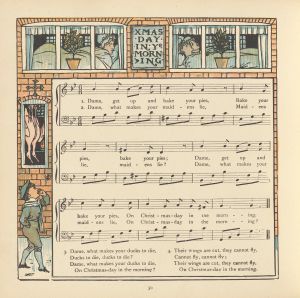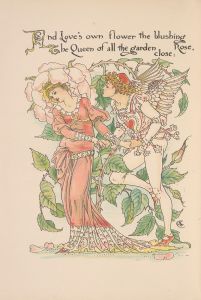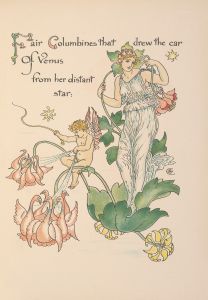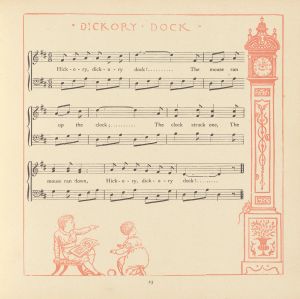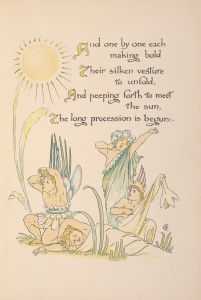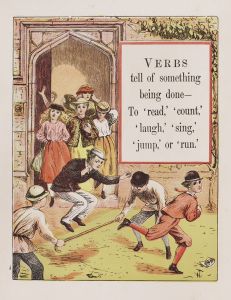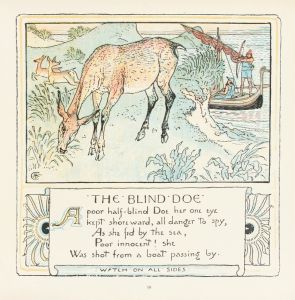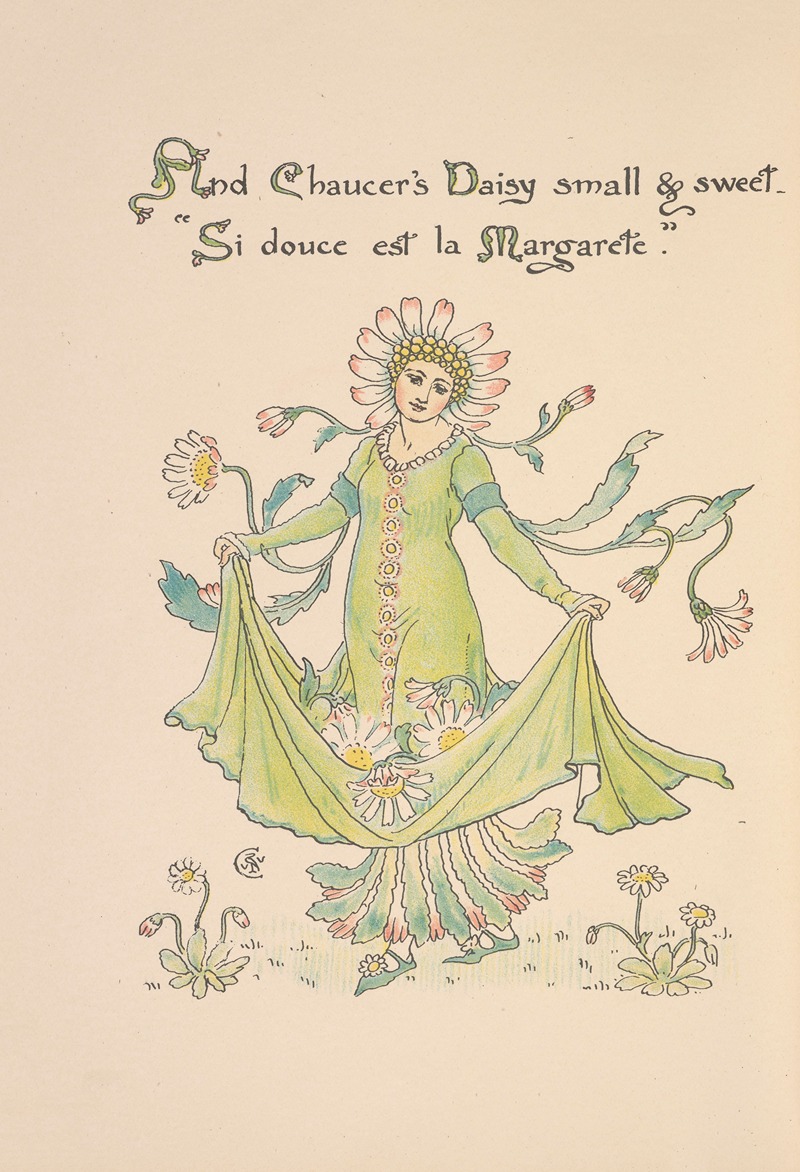
Flora’s feast; A masque of flowers Pl.18
A hand-painted replica of Walter Crane’s masterpiece Flora’s feast; A masque of flowers Pl.18, meticulously crafted by professional artists to capture the true essence of the original. Each piece is created with museum-quality canvas and rare mineral pigments, carefully painted by experienced artists with delicate brushstrokes and rich, layered colors to perfectly recreate the texture of the original artwork. Unlike machine-printed reproductions, this hand-painted version brings the painting to life, infused with the artist’s emotions and skill in every stroke. Whether for personal collection or home decoration, it instantly elevates the artistic atmosphere of any space.
Walter Crane was a prominent English artist and book illustrator, known for his contributions to the Arts and Crafts Movement and his innovative approach to children's book illustrations. One of his notable works is "Flora’s Feast: A Masque of Flowers," published in 1889. This book is a celebration of flowers, depicted through a series of illustrations that combine Crane's artistic flair with his love for nature and mythology.
"Flora’s Feast" is structured as a masque, a form of festive courtly entertainment that flourished in 16th and early 17th century Europe, involving music, dancing, singing, and acting. In Crane's interpretation, the masque is a visual celebration of flowers, with each illustration representing a different flower personified in human form. The book is a testament to Crane's skill in combining art with storytelling, as each page brings to life the vibrant and delicate beauty of flowers through his intricate and colorful illustrations.
Plate 18 of "Flora’s Feast" is one of the many illustrations in the book that exemplifies Crane's artistic style. While specific details about Plate 18 are not widely documented, it can be inferred that, like the other illustrations in the book, it features a flower personified as a character in the masque. Crane's illustrations are known for their graceful lines, harmonious compositions, and the use of soft, pastel colors, which create a dreamlike quality that is both enchanting and whimsical.
Crane's work in "Flora’s Feast" reflects his deep appreciation for nature and his ability to infuse his illustrations with a sense of movement and life. His depiction of flowers as human figures is not only a celebration of their beauty but also an exploration of the interconnectedness between humans and nature. This theme is consistent with the ideals of the Arts and Crafts Movement, which emphasized the importance of craftsmanship, the beauty of natural forms, and the integration of art into everyday life.
Walter Crane's influence extended beyond his illustrations; he was also an advocate for social reform and believed in the power of art to improve society. His work in "Flora’s Feast" and other publications contributed to the elevation of book illustration as a respected art form and inspired future generations of artists and illustrators.
In summary, "Flora’s Feast: A Masque of Flowers" is a significant work in Walter Crane's oeuvre, showcasing his talent for combining art and narrative. Plate 18, like the other illustrations in the book, exemplifies his ability to bring the beauty of flowers to life through his distinctive artistic style. While specific details about this particular plate are limited, the overall work remains a testament to Crane's legacy as a master illustrator and a key figure in the Arts and Crafts Movement.





